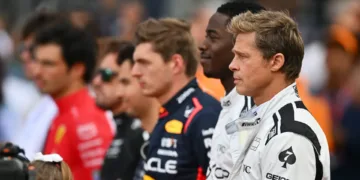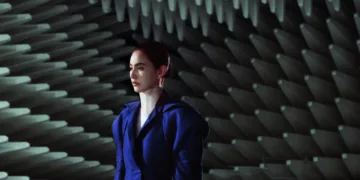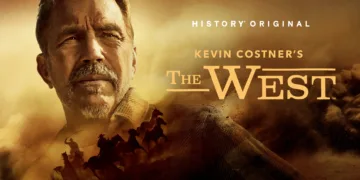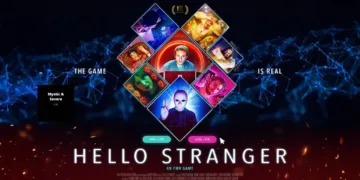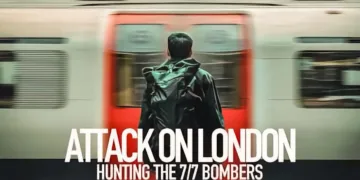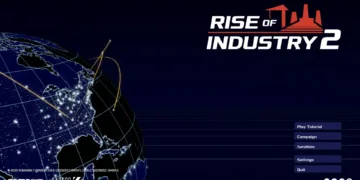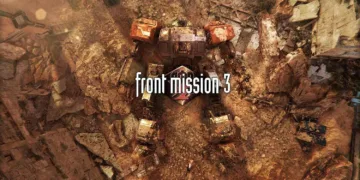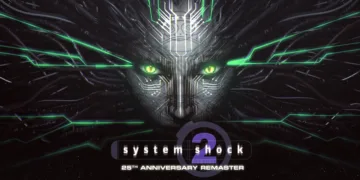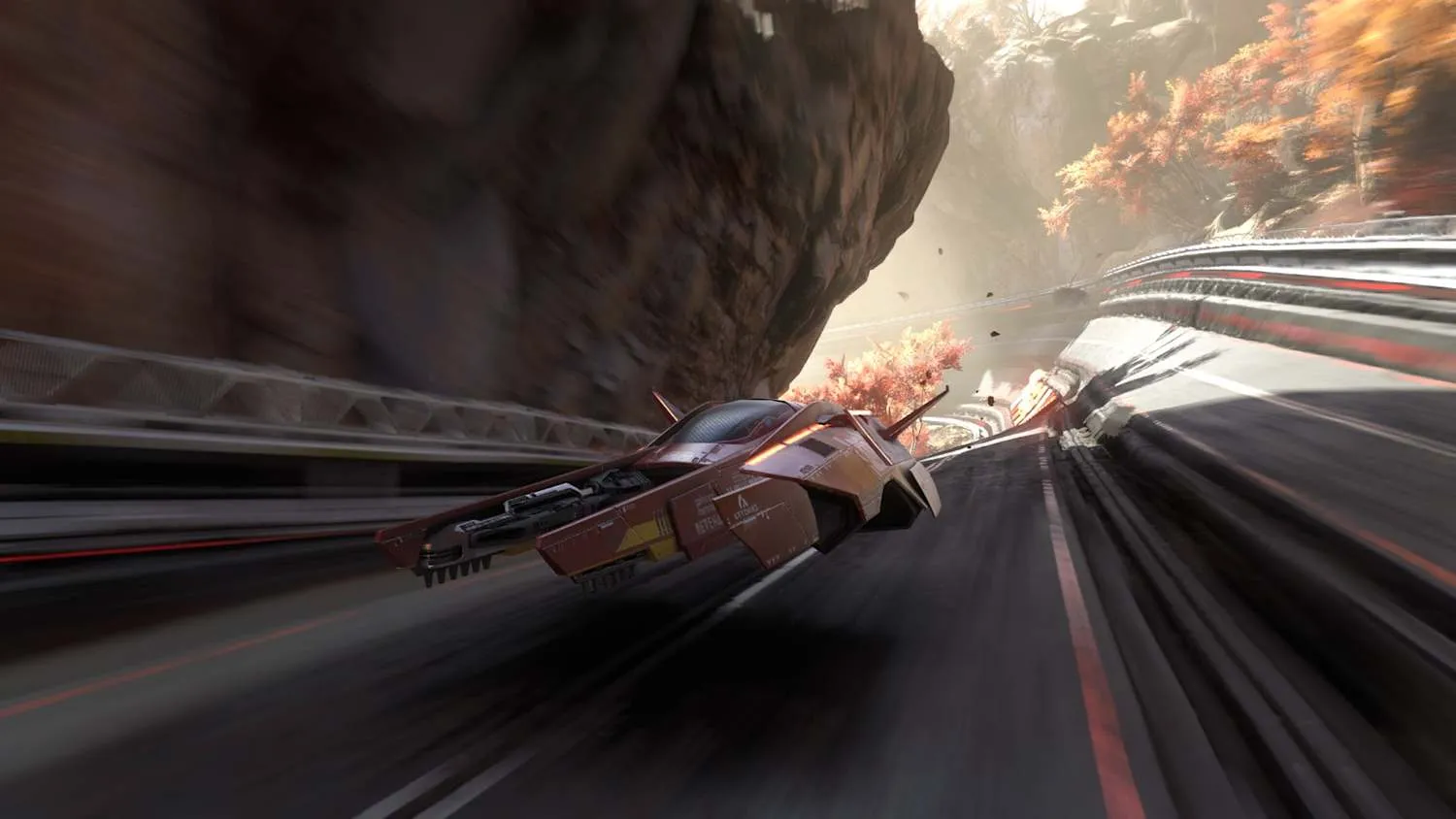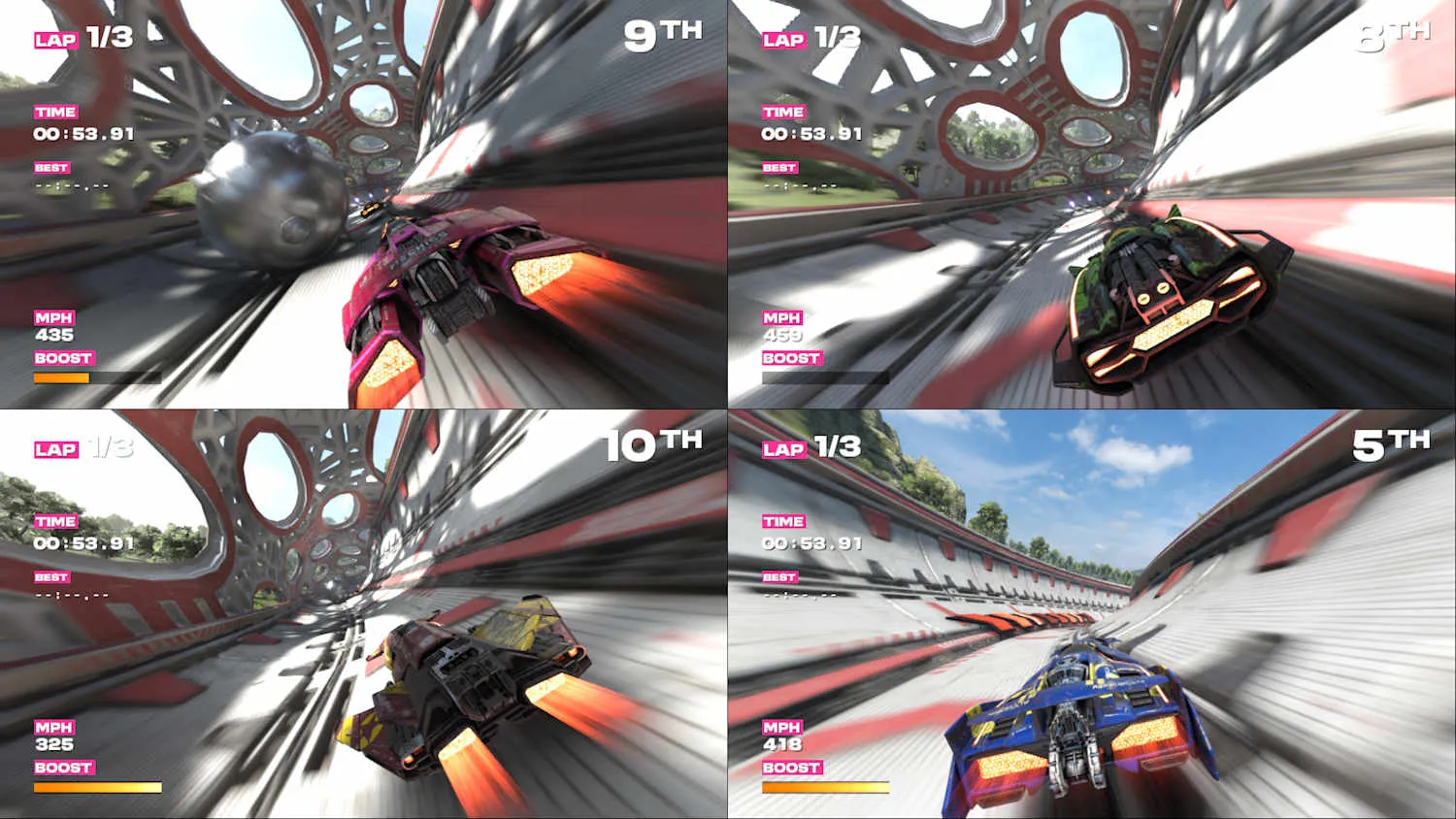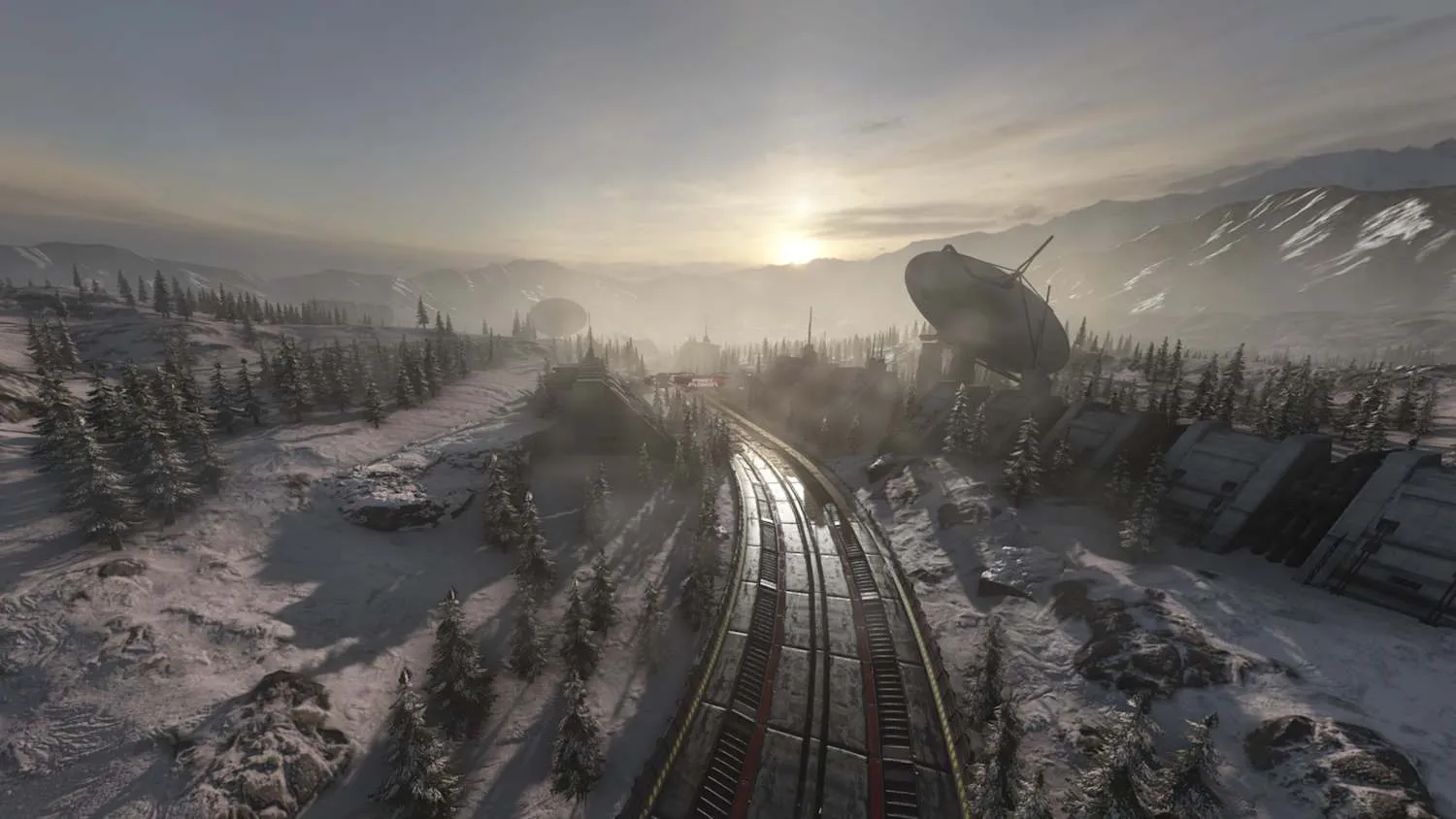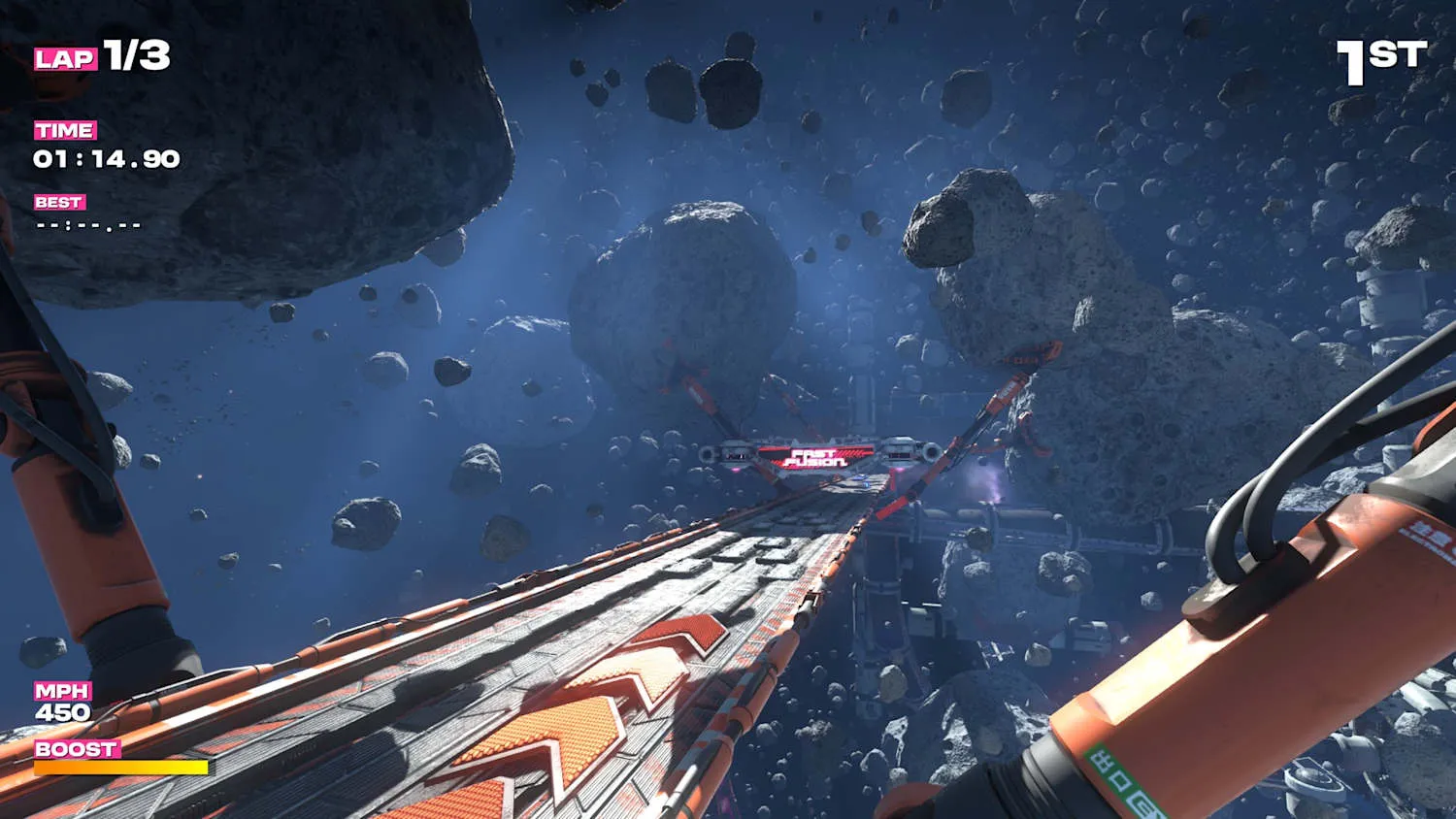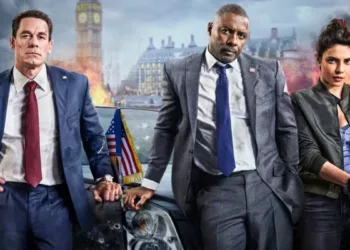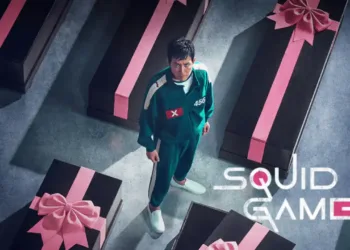It feels like a welcome tradition at this point. A new Nintendo console launches, and the technical wizards at Shin’en Multimedia deliver a new Fast title to show what it can do. Fast Fusion continues this legacy on the Switch 2, presenting a pure, high-velocity science fiction racing experience.
The fundamental concept is beautifully direct: pilot anti-gravity vehicles across alien landscapes that are as stunning as they are dangerous. This isn’t just a game; it’s a statement about the exhilarating potential of speed.
Naturally, one’s mind drifts to the titans of the genre, Wipeout and F-Zero. But where those games found their identity—in aggressive combat or punishing difficulty, respectively—Fast Fusion finds its soul in restraint.
It strips away the weapons to focus on the flow of a perfect racing line and the rhythmic dance of switching energy phases to hit boost pads. The central conflict isn’t with other racers so much as it is with the track itself, leaving you to ponder if the purity of motion alone can be the most compelling narrative of all.
The Kinetic Conversation
In its opening moments, Fast Fusion’s speed is exhilarating but manageable. Then you climb the ranks, and the experience transforms. The world dissolves into a hypnotic, blistering blur of light and motion that demands your complete focus.
The only reason it doesn’t feel overwhelming is because the controls are so remarkably tight; your vehicle feels less like a machine you’re piloting and more like a direct extension of your will, carving through corners with impossible grace. It achieves a flow state that many games strive for but few actually accomplish.
The core of this high-speed dialogue is the phase-shifting. It’s a simple binary choice—red or blue—that becomes a constant, rhythmic pulse beneath the action. Hitting a boost pad of the matching color feels like a perfect note played in a complex symphony.
Missing the beat breaks that flow, and the track answers back with a punishing jolt that saps your momentum. It’s a mechanic that ensures you are always engaged, always a part of the performance.
But the true revelation here is the new jump ability. If phase-shifting is the rhythm, jumping is the improvisation. This isn’t a token hop; it’s a massive, controllable leap that reframes your entire relationship with the track design. Suddenly, a solid wall might hide a shortcut, and the open air becomes a canvas for collecting precious boost orbs.
It even becomes a tool for aggression, as timing a jump to land directly on a rival sends them spinning in a moment of supremely satisfying, non-violent offense. This, combined with the manual boost—a sharp, tactical exclamation point to surge ahead or shunt an opponent aside—creates a rich on-track language.
The game’s success lies in how it uses these mechanics to build a compelling drama of momentum and mastery, proving that the most memorable stories are sometimes told not with words, but with a perfect racing line.
The Character of the Canvas
Developer Shin’en has a well-earned reputation for treating console hardware like an instrument, and on the Switch 2, they are conducting a symphony. Fast Fusion is, without question, a graphical benchmark for the new system.
The sheer fidelity—gleaming metallic megastructures giving way to lush, naturalistic forests—is stunning, but its true achievement is how this visual splendor serves the experience. These aren’t just pretty backdrops; they are tangible, imposing places that make the speed feel real and the danger feel immediate.
Each of the twelve tracks feels less like a circuit and more like a short, kinetic story. You aren’t just racing through a generic desert; you are a fleeting speck in a world where colossal sand whales arc gracefully over the track, their scale reminding you of your own insignificance.
You don’t just navigate a storm; you weave through the unpredictable paths of furious tornadoes, forces of nature that act as chaotic, impartial antagonists. These dynamic elements give each location a distinct personality and a unique narrative rhythm, transforming them from simple pathways into active participants in the race.
The art direction builds on the series’ foundation but infuses it with incredible depth. Small details, like pieces of your hull shearing off after a rough collision, create a persistent visual story of your struggle through a race. If there’s a lingering desire, it’s simply for more of this universe.
The twelve tracks are so meticulously crafted that their quality makes the quantity feel somewhat constrained. It’s a testament to the design that these worlds are so compelling you can’t help but wish there were more of them to explore, to survive, and ultimately, to conquer.
The Price of Progress
On paper, the vehicle Fusion system is brilliant. It’s a mechanic that invites creativity, turning your garage into a futuristic R&D workshop. Taking two distinct ships, mashing them together, and seeing the resulting hybrid—a beautiful monster with a new name and beefed-up stats—is a genuine joy.
This is how you create a craft that truly feels like your own, a necessary step to stay competitive in the game’s tougher leagues. The loop is fantastic: you design a better ship, and you immediately feel its superiority on the track.
But this wonderful engine of player expression is unfortunately tethered to a restrictive and frustrating economic model. A single in-game currency, earned through racing, governs everything: unlocking the next set of championship races, buying the base vehicles, and paying the fee to fuse them.
The result is a frequent and jarring halt to the game’s otherwise impeccable pacing. There’s a unique deflation in winning a hard-fought cup, feeling that rush of victory, only to discover you can’t afford the entry fee for the next one.
This design forces you into a frustrating choice between progression and personalization. It actively discourages experimentation with the game’s most interesting system. Worse, it makes you replay past victories, turning exhilarating triumphs into repetitive chores just to grind for cash. It’s a baffling friction point in a game that, in every other aspect, is about smooth, uninterrupted flow. It leaves one wondering why a game built around the very concept of forward momentum would choose to so frequently apply the brakes.
Beyond the Finish Line
The Championship mode provides the game’s narrative spine, a structured tour through its stunning worlds that serves as the primary way to unlock content. It’s the main story, a well-paced journey from rookie to seasoned pilot across a series of three-race cups against a field of competitors. But once the credits on that experience roll, Fast Fusion reveals its true, long-lasting heart by cleverly re-purposing its content.
The standout is, without a doubt, the Super Hero mode. This isn’t just a difficulty spike; it’s a brilliant re-contextualization of the entire game that evokes the thrilling, high-stakes pressure of a classic F-Zero run.
By tying your boost meter directly to your ship’s health and demanding a first-place finish on mirrored tracks without a single crash, it transforms the gameplay from a graceful ballet of speed into a nail-biting tightrope walk. Every decision is fraught with tension.
A boost is no longer just a tool for advantage, but a calculated risk that drains your very life force. It’s a mode that understands true difficulty isn’t about punishing the player, but about elevating the stakes of their own actions.
For a quieter, more meditative challenge, Time Attack strips everything away, leaving just you, the track, and the ghost of a developer to chase—a pure dialogue of skill. The inclusion of a Jukebox is also a lovely, respectful nod to the series’ own history, letting you curate the game’s auditory atmosphere. What becomes clear is that the game’s replayability isn’t just about giving you more things to do; it’s about giving you entirely new ways to feel about the things you’ve already done.
A Tale of Two Connections
In an age where couch multiplayer often feels like a fading memory, Fast Fusion’s commitment to it is something to be celebrated. The four-player split-screen is phenomenal, maintaining a silky-smooth 60fps that ensures the frantic, shared experience is never compromised.
It’s a technical marvel that understands the irreplaceable energy of having friends in the same room, creating those spontaneous stories of rivalry and triumph. This community-focused spirit extends to the clever GameShare feature, a generous touch that lets you play with a friend using a single copy of the game.
Which makes the state of its online offering so profoundly disappointing. For a game that gets so much right about local connection, its digital world feels hollow. There is no public matchmaking, meaning the only way to race online is to invite friends directly. It’s like being given a key to a stunning, empty city with no one to race against.
This sense of isolation is compounded by a baffling design choice: no currency can be earned in any multiplayer mode. This severs the multiplayer experience from the game’s core progression, making time spent with friends feel less rewarding than racing alone.
The game’s approach to multiplayer feels caught between two different eras. It champions the classic, intimate experience of couch competition with remarkable success, yet fails to build the broader, more persistent community that modern online systems allow. It leaves you with a beautiful, empty racetrack, wondering what could have been.
The Review
Fast Fusion
Fast Fusion is a visually stunning and mechanically superb racer that delivers an unparalleled sensation of speed. Its on-track experience is a triumph, bolstered by excellent local multiplayer and a thrilling Super Hero mode. However, this brilliance is held back by a deeply flawed progression system that forces grinding and a barebones online offering. It’s a spectacular ride, provided you can look past some frustrating potholes on the road to victory.
PROS
- Exhilarating sense of speed and tight, responsive controls.
- Gorgeous, inventive track design and top-tier graphics.
- Brilliant and challenging Super Hero mode offers high-stakes thrills.
- Robust 4-player split-screen with excellent performance.
CONS
- Progression system forces repetitive grinding for currency.
- Online multiplayer lacks matchmaking and feels isolated.
- No in-game rewards for playing multiplayer modes.
- Limited number of tracks.













